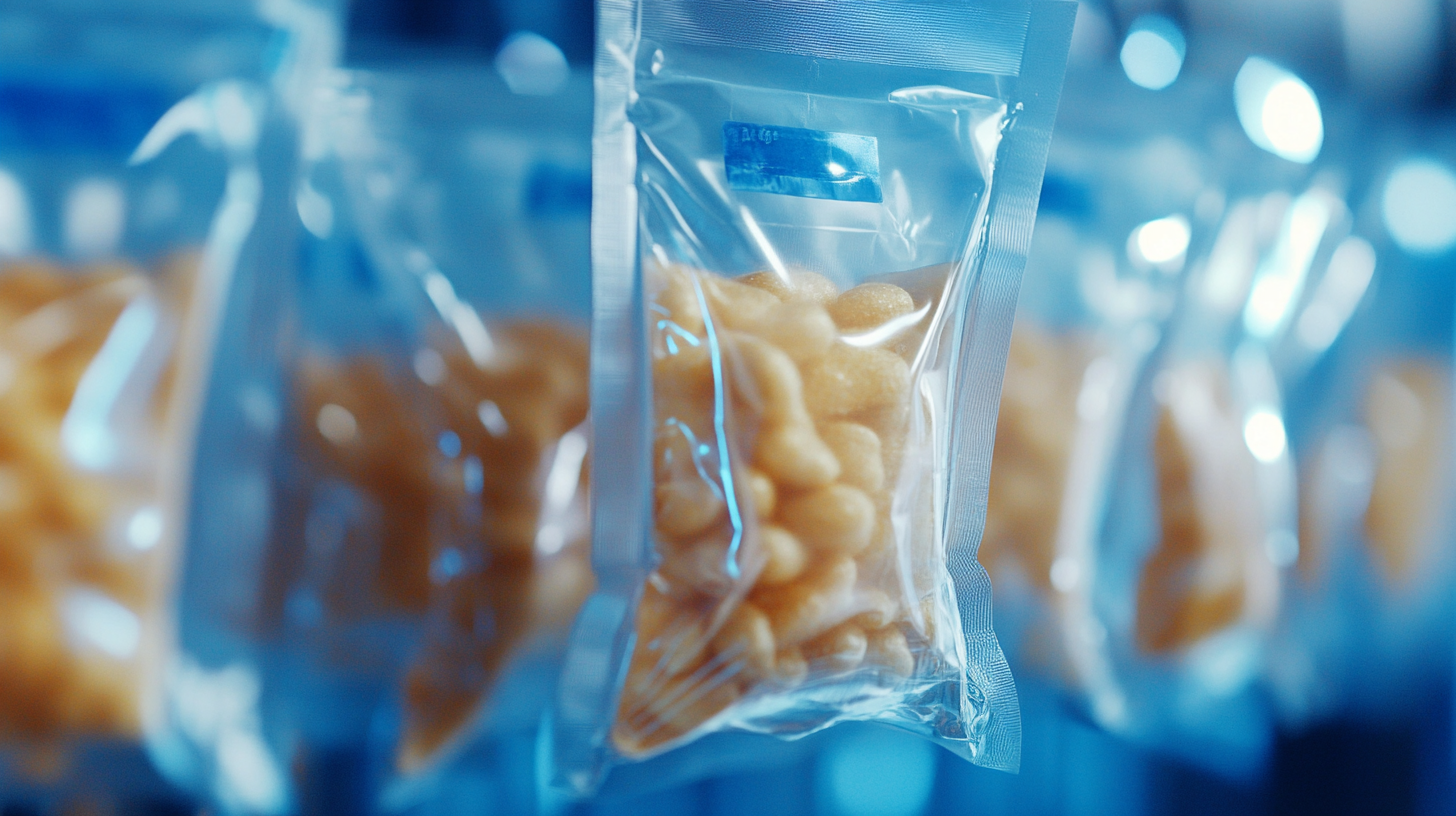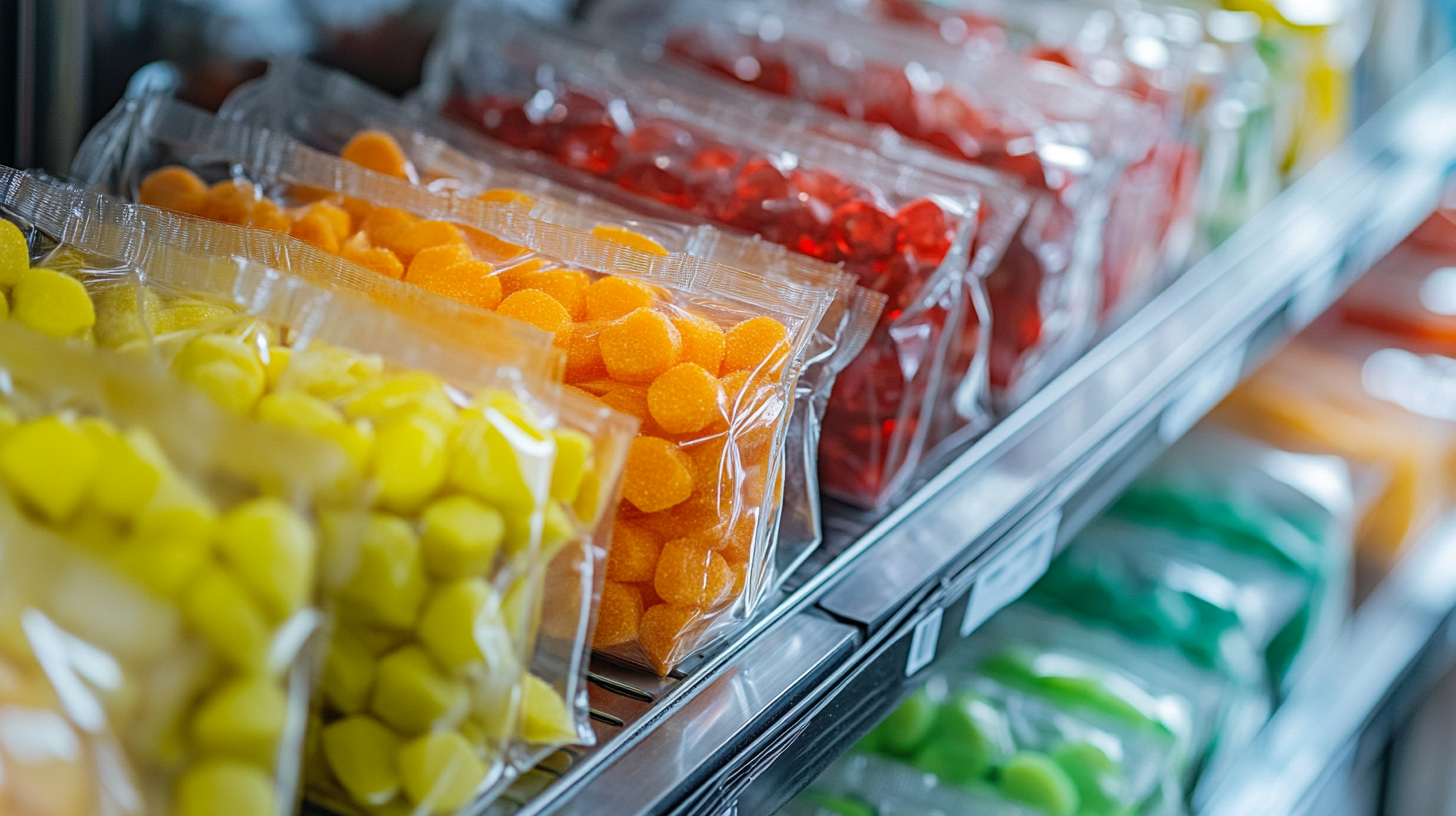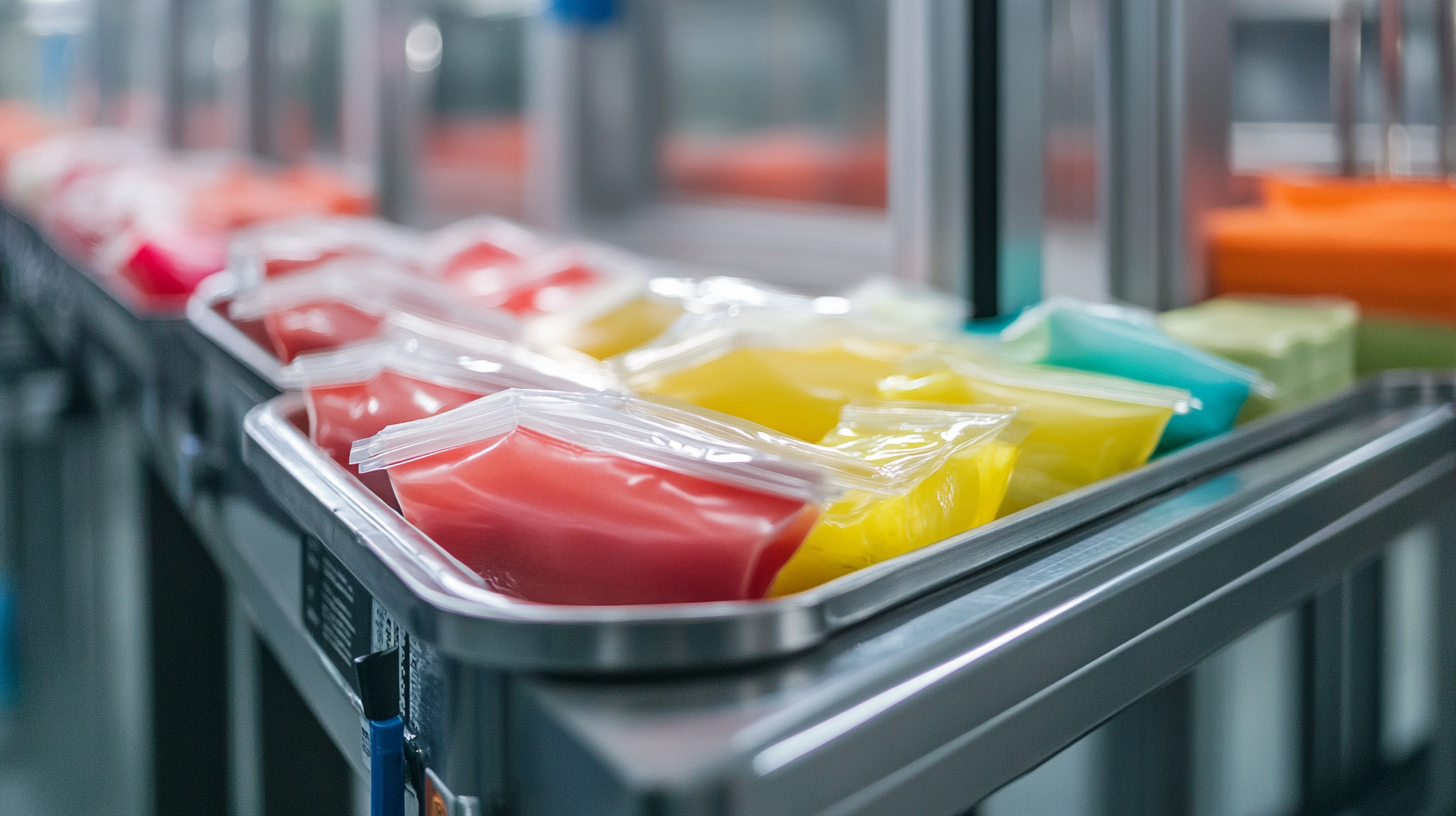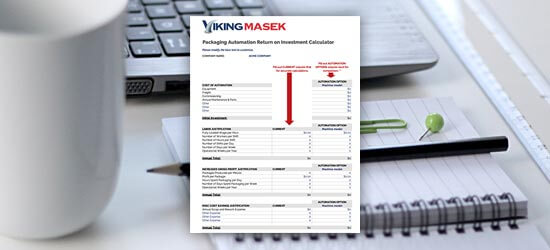
Mastering the Art of Sachet Packing: A Comprehensive Guide to Optimizing Your Efficiency
In today's fast-paced world, efficiency is paramount in the packaging industry, particularly when it comes to pouching and sachet production. With the rising demand for ready-to-use products across various sectors, mastering the art of sachet packing has become essential for businesses looking to maintain competitiveness and meet consumer needs. The effectiveness of a Sachet Packing Machine plays a crucial role in streamlining this process, offering the ability to package products quickly and accurately while conserving resources.
This comprehensive guide aims to delve into the intricacies of sachet packing, providing valuable insights into optimizing your operations for enhanced productivity. We will explore key aspects such as machinery selection, best practices, and innovative techniques to maximize efficiency. Whether you are a seasoned professional in the packaging arena or a newcomer seeking to enhance your approach, this guide will equip you with the necessary tools to refine your sachet packing process and achieve outstanding results.

Understanding the Basics of Sachet Packing: Key Concepts and Benefits
Sachet packing has emerged as a vital component in the personal care and cosmetics industry, particularly in today’s sustainability-focused market. Understanding the basics of sachet packing is essential for businesses looking to enhance efficiency and minimize waste. By utilizing minimal materials and precise dimensions, sachets can significantly reduce packaging waste, aligning with growing consumer demand for environmentally friendly solutions. Moreover, sachet packing allows for better portion control, providing convenience for users while simultaneously optimizing inventory for producers. Recent innovations in sustainable packaging, exemplified by initiatives like "Design4Circularity," highlight the necessity of integrating recyclable materials into sachet designs. By leveraging 100% post-consumer recycled materials in their production, businesses can contribute to a circular economy, transforming waste into valuable resources. This commitment to sustainability not only enhances brand reputation but also meets regulatory demands and aligns with consumer preferences for eco-conscious products. As companies explore efficient packing solutions, the incorporation of features such as easy-to-recycle designs and demarking labels enhances usability and encourages consumers to participate in recycling efforts. Understanding these key concepts and benefits of sachet packing can empower brands to optimize their production processes and embrace a future that prioritizes both efficiency and environmental responsibility.

Essential Equipment for Efficient Sachet Packing Operations
When it comes to sachet packing, having the right equipment can make a significant difference in the efficiency and overall productivity of your operations. Essential equipment for efficient sachet packing operations includes various types of filling machines, sealing equipment, and labeling systems. Each component plays a crucial role in streamlining the packing process and ensuring quality control.
Filling machines are pivotal as they define the speed and accuracy of each sachet produced. Options range from small, manual machines suitable for artisanal operations to larger, fully automated systems designed for high-output environments. Selecting the appropriate filling machine depends on the types of products being packaged—whether powders, liquids, or granules. Additionally, integrating weight checkers and quality assurance systems can help maintain consistency and minimize errors during production.
Sealing machines are equally important; they ensure the sachets are securely closed to preserve product integrity. Heat sealers and vacuum sealers are popular choices, as they provide excellent durability and resistance to external factors. Pairing these with advanced technology, such as programmable logic controllers (PLCs), enhances the precision of the sealing process. Furthermore, having a reliable labeling system that can apply barcodes and expiration dates ensures compliance and traceability, which can be crucial in industries like food, pharmaceuticals, and cosmetics.
Investing in these essential pieces of equipment not only increases efficiency but also enhances the quality of the final product. By combining the right filling, sealing, and labeling solutions, businesses can create a seamless production line, leading to faster turnaround times and higher customer satisfaction.

Step-by-Step Process for Setting Up Your Sachet Packing Line
Setting up an efficient sachet packing line requires careful planning and execution. The first step in this process is to assess your product requirements and choose the appropriate sachet type that meets both your packaging needs and regulatory standards. Consider factors such as the size, material, and barrier properties of the sachet. Once you have determined the right specifications, it’s crucial to select the correct packing machine that aligns with your production goals and volume.
Next, focus on the layout of your packing line. It should facilitate smooth workflow and reduce bottlenecks. Arrange your machinery, including fillers, sealers, and conveyors, in a logical sequence that minimizes unnecessary movement of materials and operators. Implementing efficient conveyor systems can significantly enhance the speed and accessibility of the packing process. Ensure that you have a clearly defined workspace for packing operators to work safely and effectively.
Finally, prioritize training your staff on the new equipment and procedures. Proper training not only boosts efficiency but also minimizes errors during the packing process. Regularly monitoring the line performance and making necessary adjustments will help you maintain optimal productivity. By paying attention to these steps, you’ll be well on your way to mastering the art of sachet packing and achieving higher operational efficiency.

Common Challenges in Sachet Packing and How to Overcome Them
Sachet packing presents a myriad of challenges, especially in the context of rising environmental concerns and regulatory demands. With companies like Unilever contributing significantly to plastic pollution through the sale of high-polluting plastic sachets, the industry must reevaluate its approach. One major challenge is balancing consumer demand for convenient single-use packaging with the pressing need for sustainability. This requires not only innovation in materials but also a comprehensive understanding of the lifecycle of these products.
In addition to environmental implications, the pharmaceutical sector faces its own unique challenges, particularly with pediatric formulations that often necessitate liquid packaging. Handling and delivering these products safely while adhering to stringent regulatory guidelines is a complex task that demands creative solutions. This is compounded by the need for childproof packaging that remains accessible to adult caregivers, emphasizing the necessity for designs that are both functional and compliant.
To address these challenges and pave the way for more sustainable solutions, recent innovations in packaging materials, such as bio-based hydrogels and compostable options, are gaining traction. These advancements aim to transform the packaging landscape, functioning as potential alternatives to traditional plastics. Collaborations among industry players focused on developing biodegradable or dissolvable sachets could substantially mitigate the negative impact of packaging waste, guiding the sector towards a more sustainable future.
Innovative Techniques to Enhance Productivity in Sachet Packing
In the ever-evolving world of packaging, mastering the art of sachet packing has become crucial for enhancing productivity and efficiency. The recent showcase of Nichrome's innovative vertical form fill seal machine, the Nichrome Wing 120, at Indusfood Manufacturing 2025 highlights the industry's commitment to optimizing packaging processes. This machine not only streamlines the filling and sealing processes but also represents a leap towards more efficient operations, allowing manufacturers to meet the rising demand for lightweight and compact packaging solutions.
As the sachet packaging market is projected to reach USD 16.9 billion, it's clear that businesses in sectors such as food and beverages, as well as pharmaceuticals, are recognizing the importance of accessibility and convenience in consumer products. Brands like All and Carmine's Italian foods are leading the way in introducing innovative packing solutions that enhance user experience while simplifying the packaging process. These advancements not only cater to the consumer’s needs but also boost productivity for companies looking to streamline their operations.
Incorporating innovative techniques such as automation, smart technology, and user-friendly designs into sachet packing processes can significantly enhance overall productivity. By embracing these trends, manufacturers can achieve greater efficiency while responding to the increasing demand for versatile and effective packaging solutions that meet the expectations of modern consumers.



